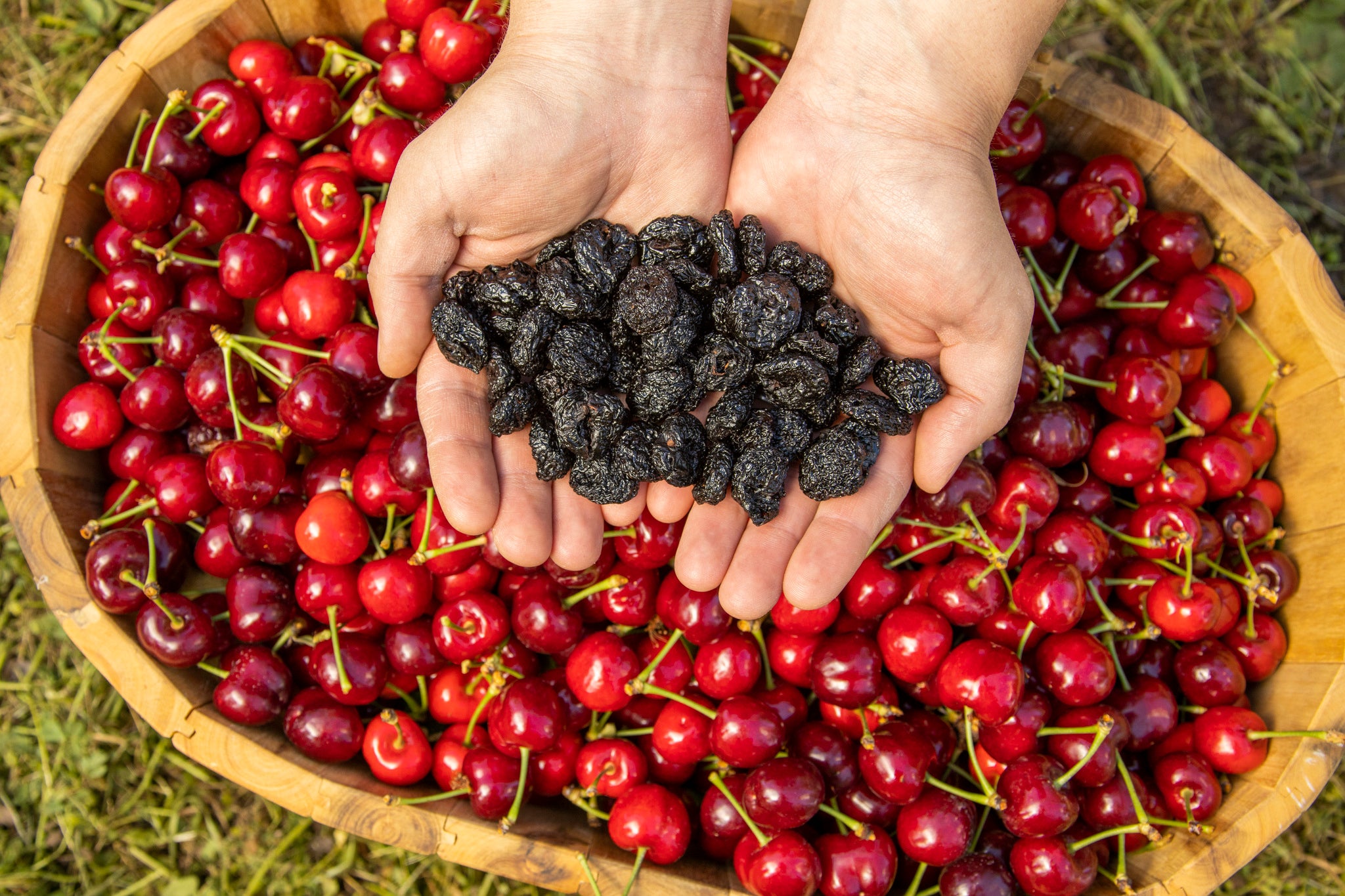We All Scream for Ice Cream
We may think of ice cream as a modern creation because it’s frozen, but ancient flavored ices date back to those inventive Chinese, who started eating their version as far back as 3000 B.C.
Originally it was snow or ice mixed with honey and perhaps a few berries. And once again, that adventurous explorer Marco Polo may get credit for bringing back the idea from China to his native Italy, where the royal court of the Medici family embraced it. These ices were the forerunner of our modern day Italian Ice, sorbet and sherbet. In 1553, Catherine de Medici married French king Henry II and introduced him to the frozen delight. It was a big hit at court, but like so many other specialties, ices were available only to the elite, and the masses were left out.
By the mid-seventeenth century, chefs were using dairy mixed with ice and called it “cream ice.” Lacking freezers, some Italian cooks had “runners” who were sent up into the mountains for snow, racing back with their precious cargo before it melted. The frozen concoction was reported to be a favorite of Julius Caesar and his buddies. A commoner had no chance of sampling the royal treat until the first known ice cream shop, Café Procope, was opened in Paris in the year 1660 by a Sicilian named Procopio. He added eggs and cream to his recipe, and the world’s love affair with this frozen treat began. Italians eventually created their own version and called it gelato.
The first official account of ice cream in the U.S. shows up in a letter written in 1744 by a guest of Maryland Governor William Bladen. The first known advertisement for ice cream appeared in the a New York newspaper on May 12, 1777, when confectioner Philip Lenzi announced that ice cream was available in his shop “almost every day.” Presidents Washington, Jefferson and Madison all served the frozen treat at state dinners.
With the invention of insulated ice houses around 1800, the manufacturing of ice cream was rolled-out on a mass scale. An industrious Baltimore milk dealer named Jacob Fussell introduced the residents of his city to this delicious product in 1851, and as mechanical inventions and technology increased, new forms of freezing and homogenizing the milk and cream became possible.
As ice cream spread across the country, drug stores began featuring the popular dessert by installing soda fountains. With the invention of the ice cream soda, the familiar title “soda jerk” became a household word. When churches condemned the consumption as sinful, especially on the Sabbath, the clever fountain owners eliminated the fizzy water on Sundays to appease the clergy and served a simple ice cream “sundae” instead. One might surmise that Sunday was probably the most popular day of the week to indulge.
Growing up in the 50’s, who didn’t sneak some change from mom’s handbag to ride their bikes to the closest local store and buy a Popsicle, a Fudgsicle or a Drumstick cone? There was no stopping us, as we were smitten.
Not content with simple flavors, the appearance of gourmet ice cream in the 1970’s took its place in the form of premium, high butterfat brands (and high prices), introduced by Haagen Dazs, Ben and Jerry’s and many local dairies. Dove Bars became the rage, after a humble beginning in a local candy shop on the northwest side of Chicago, and had been a neighborhood favorite for three decades before the Mars Candy Company purchased the recipe in 1985. All of which demonstrated that Americans gladly paid higher prices for premium brands and inventive flavors.
So there you have it in a nutshell. Be it a sundae, a chocolate ice cream soda, soft serve, gelato, a pint of rich premium or the many novelty ice cream creations in the freezer of your local supermarket, we don’t have to scream for it anymore. It’s everywhere.





